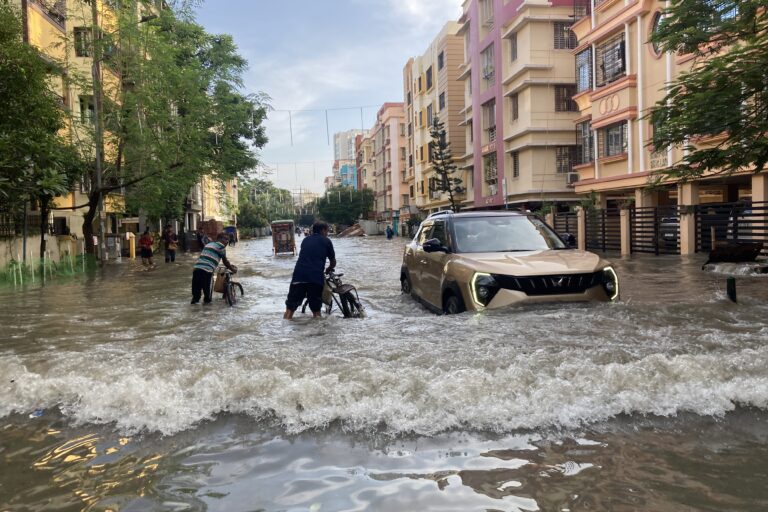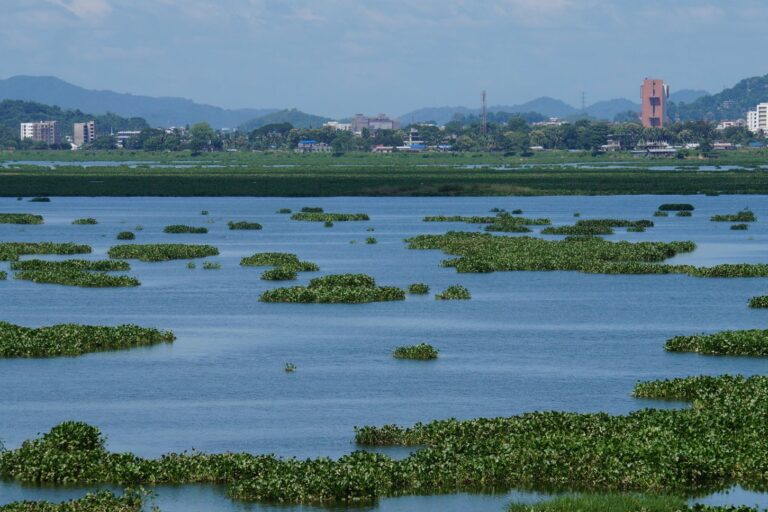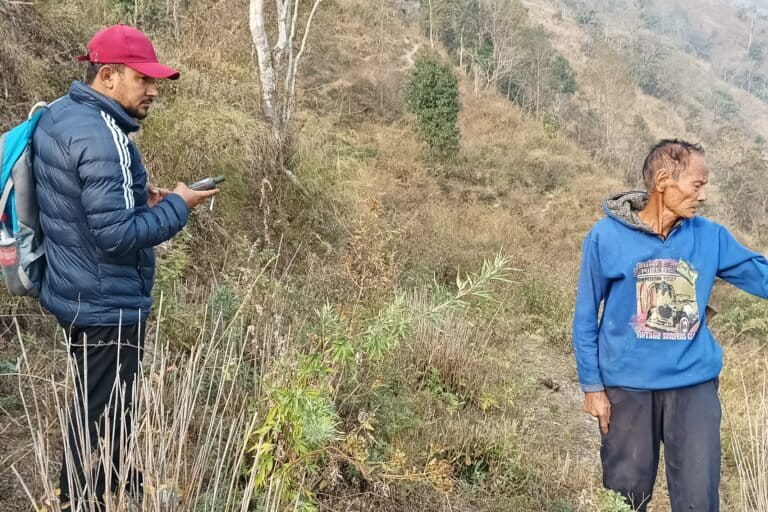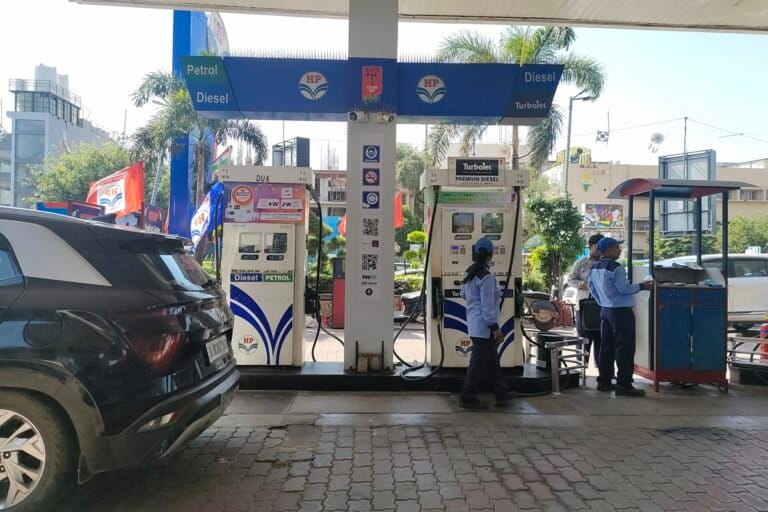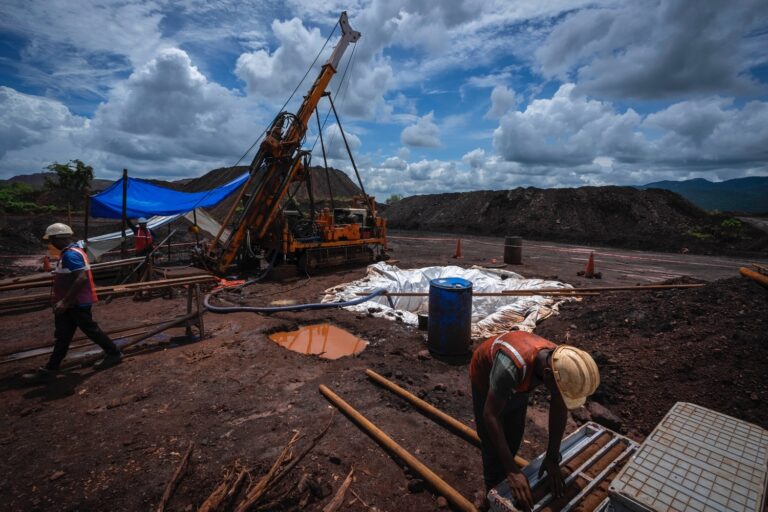- The Ministry of New and Renewable Energy (MNRE) estimates that Odisha has a total solar potential of 25.78 Gigawatt (GW). A recent study by iFOREST claims that the eastern state has 170 GW of solar potential, around seven times higher than MNRE estimates.
- While the MNRE estimates are based on land utilisation patterns, the iFOREST report claims that the renewable energy (RE) potential in the state is much more if the wastelands and reservoirs are modestly used for solar energy generation.
- Experts not associated with the study, said that there could be some on-ground challenges in executing the recommendations of the project, such as, feedstock supply of biomass and animal and human habitation in the areas considered having solar potential.
The eastern state of Odisha has solar energy potential around seven times more than the estimates of the Ministry of New and Renewable Energy (MNRE), claims a recent study published by the International Forum for Environment, Sustainability, and Technology (iFOREST), a New Delhi-based think tank.
The MNRE estimate, based on land availability and solar radiation, had pegged the total solar potential of the state at 25.78 gigawatts (GW) in its assessment in 2020. According to iFOREST report titled Odisha Renewable Energy Reassessment, published on February 15, this estimate undermines the potential of the eastern state. Odisha has vast ‘wastelands’ and reservoirs and with their modest usage, the solar capacity potential of the state increases to 170 GW, noted the report.
While the MNRE estimates assume using 3% of wastelands for renewable setups, iFOREST recommends utilisation of 10-50% of the different categories of wastelands including mining wasteland, industrial wasteland, lands with open scrub and dense scrub, rocky/stony land, which, the think tank claims, has “low ecological significance”. These areas alone, the report said, have the potential to generate 149 GW of solar energy which is around 88% of the total estimated solar energy potential of the state. It noted that 2,973 km² of ‘wastelands’ have the potential of being utilised for solar generation.

The report also highlighted that the peak solar insolation, which is the amount of solar radiation received on a given surface in a given time period, is higher in many parts of Odisha, as compared to Uttar Pradesh and Gujarat. “The peak insolation for the state is about 900 watts per km², comparable to major RE states in the country, like Gujarat. However, the average for the entire state is lower due to the intense monsoon season stretching from June to September. Still, the average insolation is comparable to Karnataka, which currently has the second-highest ground-mounted solar installation. Odisha has fairly comparable solar potential with states that have managed to develop significant solar capacity,” the report said.
The iFOREST report also suggested that besides land, water bodies can also play a significant role in the growth of solar capacity. Odisha has a total of 204 reservoirs. Out of these, a total of 125 reservoirs are fit to use for floating solar projects. “Utilising 125 existing reservoirs in Odisha to develop floating solar projects would lead to 6.7 GW of solar capacity addition under a conservative scenario and 18.7 GW under a higher utilisation scenario. Rengali and Hirakund reservoirs are assessed to have the highest potential of 3.7 GW, followed by Upper Indravati and Balimela at over one GW,” the report said.
Experts who have worked in the sector appreciated the survey report but also highlighted the bottlenecks that come on the ground while executing the projects.
A retired Joint Director from Odisha Renewable Energy Development Agency (OREDA), Ashok Choudhury, termed it as a “good indicative report of RE potential” based on secondary data. The peak demand in Odisha lies around 5.6 GW and if the state can harness five times the peak demand, the state can become net-zero, he said, adding that there are several challenges on the ground which need to be handled properly for harnessing more renewable capacity.
“The report says that from biomass we can generate 3.4 GW of energy, but it considers crop-to-residue cycle data. However, the main problem that lies and hinders biomass growth in the state is the regular round-the-year supply of feedstock. In the case of utilisation of wastelands, encroachment will emerge as a major challenge. In many areas, people have encroached on these wastelands. These encroachments have the potential for conflict if one goes for establishing renewable projects on wastelands. So, bringing these RE projections into action might face several challenges,” Choudhury, who was not associated with the report, told Mongabay-India.
“It’s a mathematical or technical assessment of the potential for each type. How much of advantage we can derive from it will depend on the political will power, administrative efficacy and let’s not ignore the impact of such intervention on the humans, flora and fauna dependent on those micro ecosystems. These so-called wastelands are animal habitat and elephant corridors,” J.P. Jagdev, a sustainability expert from Bhubaneswar told Mongabay-India. Jagdev’s firm with OREDA offers distributed solar asset management solutions of all government solar projects.
Read more: Wastelands or grasslands? India’s history with defining open ecosystems
Energy surplus state
Odisha hosts the largest coal reserve for power grade coal-Talcher coalfields in the Angul district. The state plays a key role in meeting India’s thermal power demand. It produces 23.7% of India’s total coal annually and is an energy surplus state.
However, with the rise of Renewable Purchase Obligation (RPO) targets, the state is likely to need more renewable energy sources to meet its energy requirement. RPO targets mandate that all power distribution companies should purchase or produce a minimum specified quantity of their requirements from renewable energy sources. The Centre decides these RPO targets as per its global commitments regarding renewable energy. The ministry of power has now set new RPO targets of 43.3% by the end of 2029-30 from the existing 22.41% in 2022-23.
In Odisha, the Grid Corporation of Odisha (GRIDCO) is the state body that manages the transmission and bulk supply of electricity on behalf of the government. Data suggests that it had to import renewable energy from other states to comply with its RPO targets in 2021-22.

Mandvi Singh, Programme Lead (Energy) at iFOREST and one of the co-authors of the report, told Mongabay-India that the state can become a net importer of electricity soon if renewable energy does not see much growth. “Currently the state thrives on the coal economy and supplies one-fourth of the coal of India. It is an energy surplus state now. But with the rise of RPO targets, the state might lose its energy leadership status and might become a net importer of energy. The state remained poor in RE growth as the right assessment of its RE potential was not done. This has also halted investments and right policies accordingly. There is time to revisit the potential,” Singh told Mongabay-India.
She added that if even half of the RPO in the state could be met internally, the state can see an investment of around Rs. 500 billion in the renewable energy sector. The report also estimated 3.4 GW of biomass energy potential in the state with the highest potential in the Bargarh district, known as the ‘rice bowl’ of the state, and reports the highest production of paddy.
Exploring RE options
With limited land options, Odisha is also looking at alternative RE sources such as floating solar and green hydrogen to boost growth and investments. This comes after the recent launch of the Odisha Renewable Energy Policy and Industrial Policy. The new RE policy of the state aims to achieve the installation of 10 GW of RE energy capacity by 2030. As per the latest data from the Central Electricity Authority (CEA), the total installed RE capacity in Odisha by the end of January 2023 stands at 627 MW.

Biswadeep Parida, Director, Energy and Utilities, PricewaterhouseCoopers (PwC) told Mongabay-India that with the latest policies, Odisha has started projecting itself as an RE-enabler state which can pave the way for investments and the rise of RE capacities.
“Odisha is now one of the few Indian states which have declared incentives for promoting green hydrogen in its RE policy. Although it had earlier faced issues of land availability for large solar projects, more investments are pouring in for floating solar and green hydrogen. The state has also earmarked space for green hydrogen projects near Paradip and Gopalpur ports. With major and other minor ports in the state, established refinery, steel, fertiliser plants, Odisha is likely to see more investments in the sector as it already has initial demand and other infrastructure support for the sector,” he said.
So far, NTPC, Adani Group, JSW, Acme, Satluj Vidyut Nigam, and others have shown interest in green projects in Odisha which include solar projects, floating solar, and green hydrogen.
Read more: Odisha plans to get 10,000MW of renewable energy by 2030
Banner image: A recent iFOREST study claims that several regions of Odisha have higher solar insolation peaks than Gujarat and Karnataka. Photo by Manish Kumar/Mongabay.








